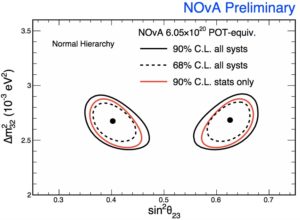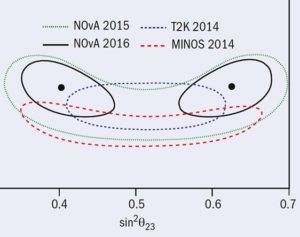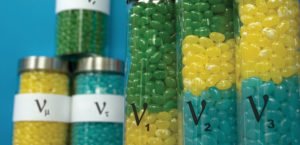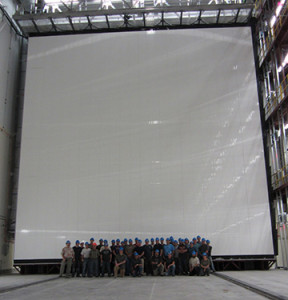Prof. Norm Buchanan of the Colorado State University Physics Department is part of a new team centered at Fermilab National Lab funded to develop new high-performance computing tools for use in high-energy physics (HEP). The SciDAC-4 (Data Analytics on HPC) project will project bring together HEP and ASCR (Advanced Scientific Computing Research) scientists from P5-critical …
Category: NOvA
Apr 10
NOvA appearance and disappearance results submitted for publication.
NOvA’s latest appearance and disappearance results, corresponding to 6.05E20 POT) have been submitted for publication. Both results are posted to the HEP archives ( https://arxiv.org/pdf/1701.05891.pdf and https://arxiv.org/pdf/1703.03328.pdf ). The results utilize the first two years of neutrino (forward horn current) operation. The appearance results show a slight preference for normal mass hierarchy and delta_CP around …
Aug 16
NOvA Shines New Light on the Way that Neutrinos Behave
The latest NOvA results show indications that the muon and tau flavor states may not maximally mix and that the third neutrino mass state is dominated by one or the other. The result corresponds to about one sixth of NOvA’s expected data set. Data collected over the next year should firm up the measurement. The …
Mar 16
The NOvA Experiment
The NOvA experiment is a long-baseline neutrino oscillation experiment utilizing the world’s most powerful neutrino beam. The neutrino beam originates at Fermilab and travels 810 km to the 14 kiloton far detector located in northern Minnesota. The primary physics goals of NOvA are to attempt to measure the CP-violating phase angle and determine the neutrino …





